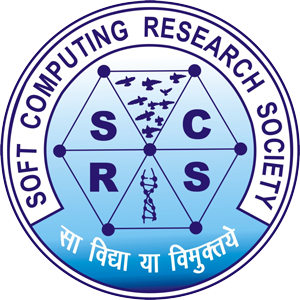
Mr. Prabhakar Vagvala
Cloud-Driven Big Data Adaptation: Leveraging Distributed Systems
Abstract:
Big Data Adaption. The utilization of vast and diverse datasets for gaining insights, making informed decisions, and fostering innovation has become a paramount focus across various sectors. The exponential growth of data from the sources such as network media, sensors, and online platforms has prompted organizations to recognize the value of harnessing this data for meaningful purposes. By leveraging advanced technologies like “data analytics, machine learning, and artificial intelligence (AI),” businesses can extract valuable insights and patterns from the extensive pool of available data. This
enables them to enhance operational efficiency, elevate customer experiences, and discover new avenues for growth and development. However, the effective adaption of Big Data presents challenges in terms of data quality, privacy, and scalability, which necessitate strategic approaches and solutions. Big Data adaptation has the potential to completely transform how we deal with an increasingly data-driven world. With the increasing amount of data being collected from various sources like social media, IoT devices and digital platforms, harnessing the potential of Big Data has become an urgent
need for organizations across various sectors. You will gain critical insights into how organizations can effectively analyse, understand, and use massive amounts pf data to generate new ideas, improve their processes for decision-making, and gain competitive advantage through a study on big data adoption. To address concerns such as data quality, privacy, scalability, and ethical considerations, researchers must first understand the potential and difficulties associated with big data adaptation. By examining the significance of the study, we can use the big data, we prepare the way for revolutionary developments in industries like medical care, banking, advertising, and more, creating an
information-driven future with enormous potential for economic and societal growth. The Dematel technique offers a special method for understanding and evaluating complicated linkages and dependencies, making it an important instrument in the arena of Big Data adaption. The Dematel technique provides an organised structure for examining the cause-and-effect correlations between all the elements involved in the adjustment procedure in the setting of Big Data adaption, where the sheer quantity and variety of data is enormous. Researchers may pinpoint critical elements that affect the
effective application and usage of big data tactics, such as quality of data, infrastructure needs, organisational preparedness, and skill sets, by employing the Dematel process. This technique enables a thorough analysis of the interdependencies among multiple factors, assisting in the prioritisation and treatment of pressing problems that might affect the adoption of Big Data efforts. Researchers may obtain significant understanding into the complex relationships at play and create well-informed plans for using Big Data to its
full potential in a variety of areas and sectors by applying that Dematel technique to the circumstances of Big Data adaption. In the end, the Dematel technique advances Big Data adaption by offering a methodical and systematic means for understanding the variety of this process of transformation. “Compatibility,”“Perceived benefits”, “Technology resources”, “Security, and privacy”, “Trialability.” At the conclusion, the Compatibility got the first place and it ranked one while the Trialability got the least rank and it ranked at the bottom by using Dematel Method.

